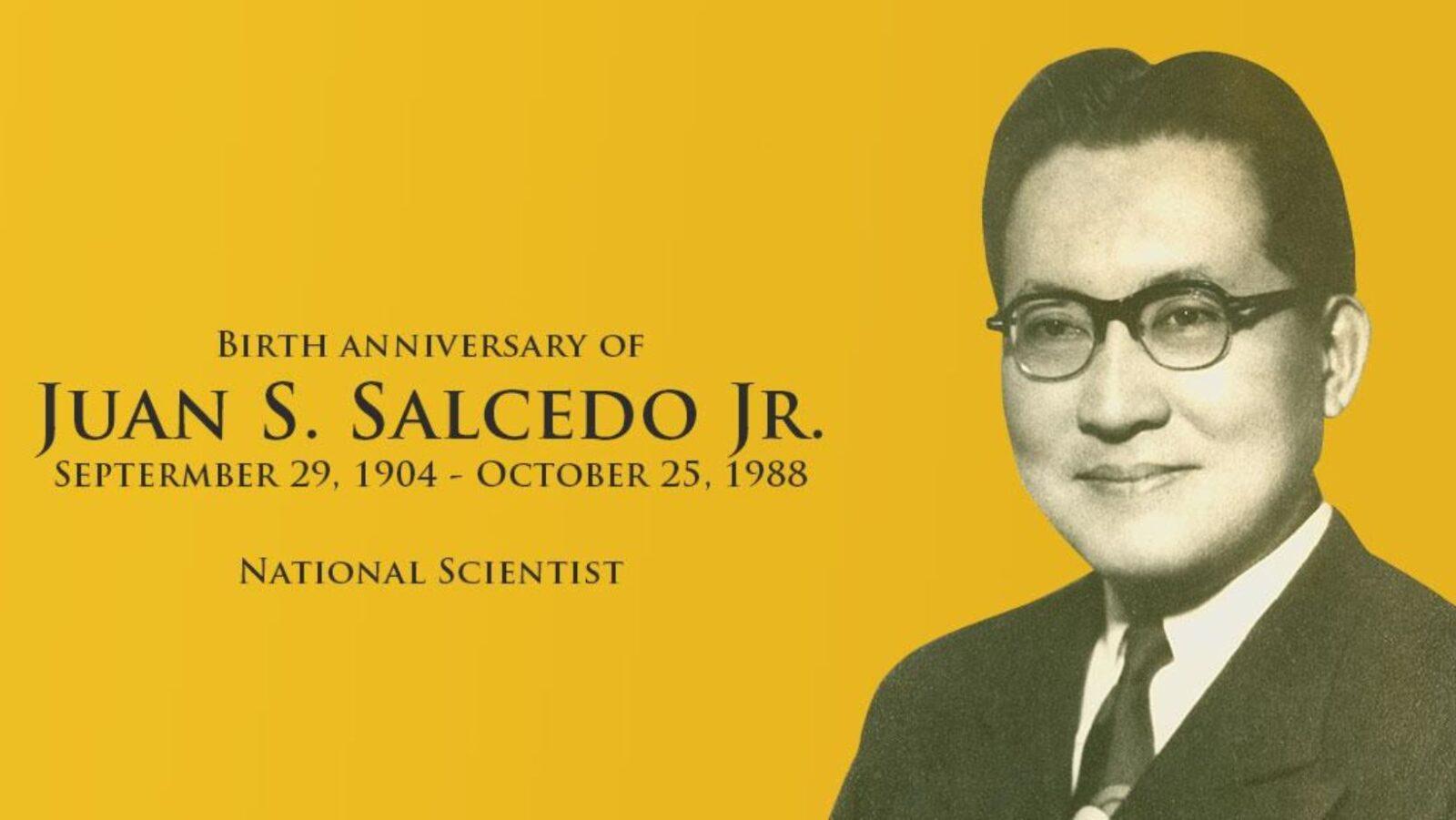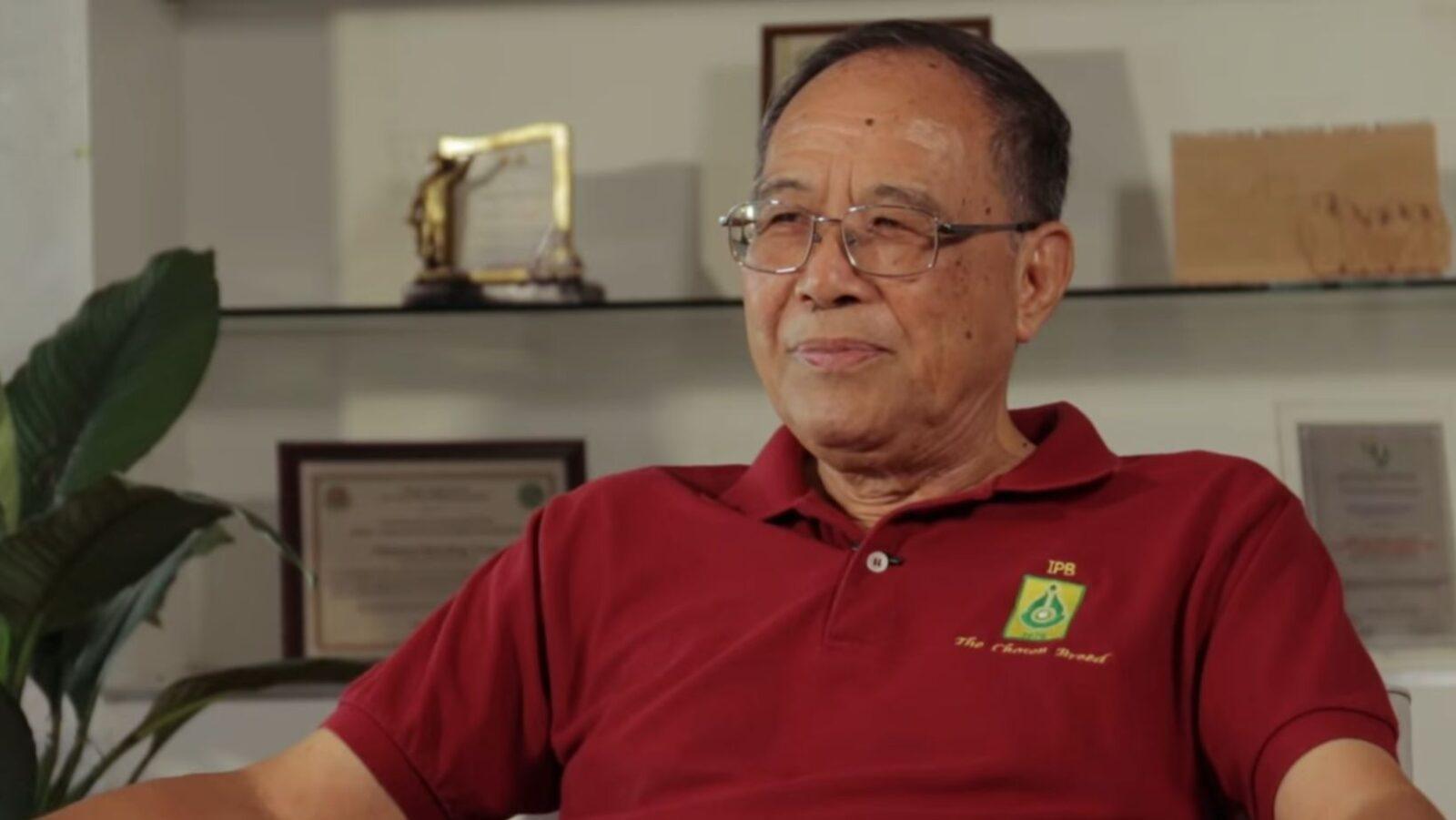
Recognized as the “Father of Nuclear Medicine in the Philippines,” Dr. Paulo C. Campos made groundbreaking contributions to medical science in the Philippines, particularly nuclear medicine.
Born on July 27, 1921, in Dasmariñas, Cavite, Dr. Campos showed off intellectual prowess from a young age, graduating as the valedictorian in both elementary and high school. His passion for medicine was influenced by his early exposure to healthcare challenges in the Philippines.
At the University of the Philippines, he pursued an Associate in Arts degree (which he obtained in 1940) and a medical doctorate (completed in 1945). Campos furthered his studies at prestigious institutions such as the Johns Hopkins School of Medicine (1952-1953), the Harvard School of Medicine (1953 and 1958), and the Oak Ridge Institute of Medicine (1958).
His experiences during World War II, coupled with his education, ignited a desire to improve medical practices and accessibility. This drive propelled him into medical research, where he saw great potential for significant advancements in diagnostics and treatment. He chose to specialize in nuclear medicine, which would form the foundation of his life’s work.
Revolutionizing healthcare via nuclear medicine
Dr. Campos found himself keenly interested in the study of thyroid diseases and their treatment with the aid of nuclear medicine. Throughout his career, he authored and co-authored over 75 scientific publications, many of which received prestigious awards. His research on insulin action, red cell studies, and the genetic factors contributing to endemic goiter garnered recognition. His pioneering research on goiter, a prevalent health issue in the Philippines, led to more effective treatment methods. His innovations extended to the development of various diagnostic techniques that utilized radioisotopes. His work not only improved the accuracy of diagnoses but also enhanced the overall effectiveness of treatment protocols.
However, Dr. Campos had a vision that went beyond research; he was also committed to developing a strong healthcare system for future Filipino generations. In the late 1950s, he established the first radioisotope laboratory and thyroid clinic in the Philippines at the Philippine General Hospital. The laboratory featured a scaler, a gamma well counter, a scintillation scanner, and other devices that allowed for sophisticated diagnostic techniques such as radioactive iodine therapy and the basal metabolism test. As a result, medical professionals could perform thyroid studies and treat leukemia P-32, polycythemia vera, and hyperthyroidism. Thus, these facilities became a cornerstone for nuclear medicine practice in the country.
His contributions extended beyond clinical practice as well. He played a crucial role in shaping healthcare infrastructure and medical education in the Philippines. As head of the Department of Medicine at the University of the Philippines, he established the first Medical Research Laboratory, which became a hub for medical research and education. His efforts in community health outreach programs further solidified his commitment to improving public health. He spearheaded the first UP Comprehensive Community Health Program, which benefited the residents of Bay, Laguna, as well as those from nearby towns.
Dr. Campos also held a number of key leadership roles. From 1971 to 1981, he served as the chair of the medical sciences division of the National Research Council of the Philippines, after which he became the organization’s president for four years. He also became one of the pioneering academicians of the National Academy of Science and Technology (NAST) in 1978, serving as its president until 1989.
Accomplishments and legacy
Dr. Campos’ groundbreaking work earned him numerous accolades, including the Outstanding Scientist Award from the Philippine Association for the Advancement of Science in 1969, the Most Outstanding Alumnus Award from the UP Alumni Association in 1984, and the Distinguished Physician Award from the Philippine College of Physicians in 1989. His recognition as a National Scientist in 1989 further cemented his status as a leading figure in the medical field, inspiring generations of healthcare professionals. Sadly, Dr. Campos passed away due to multiple organ failure on June 7, 2007.
As an educator and mentor, Dr. Campos played a vital role in shaping the careers of many medical professionals. His dedication to teaching and research fostered an environment of learning and innovation, encouraging students to pursue excellence in their fields.
By integrating nuclear science into clinical practice, Dr. Campos significantly advanced the capabilities of healthcare providers in the Philippines. Today, as nuclear medicine in the country continues to advance and evolve, the principles and practices established by this National Scientist remain integral to the pursuit of excellence in patient care and medical research.—Zylas Timothy Reyes & Mikael Angelo Francisco
References
- https://philjournalsci.dost.gov.ph/images/pdf_upload/pjs1968/PJS_Vol_97_No_3_Sep_1968.pdf
- https://spheres.dost.gov.ph/profiles/310-paulo-c-campos
- https://members.nast.ph/index.php/list-of-national-scientist/details/3/8
- https://www.thieme-connect.com/products/ejournals/pdf/10.4103/1450-1147.119939.pdf
- https://www.ncbi.nlm.nih.gov/pmc/articles/PMC4938874/
- Tecson-Mendoza, E. (2017) Biosketches: Filipino Trailblazers in Science and Technology. Taguig, Philippines. National Academy of Science and Technology Philippines.









